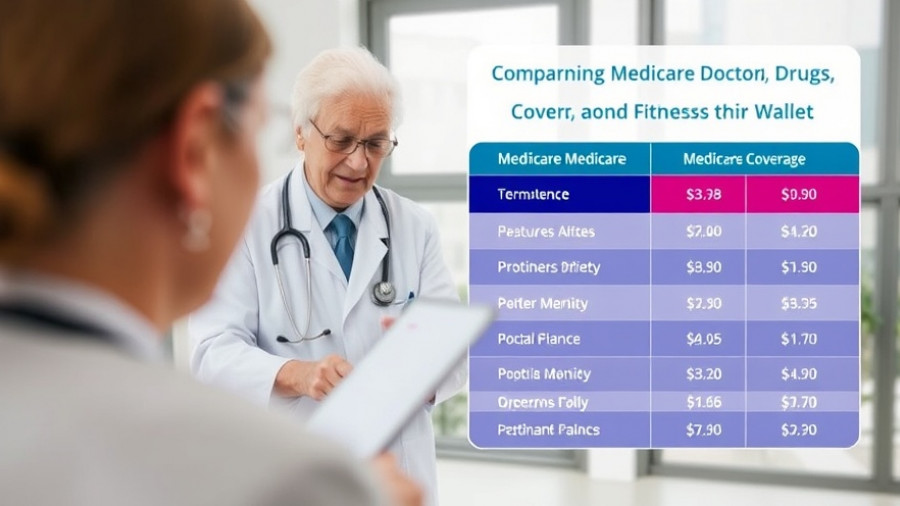
Understanding the Growing Challenge of Dementia in Africa
Dementia, once overshadowed by other health crises in Africa, is now emerging as a significant issue that families struggle to understand and manage. As populations age, a drastic rise in dementia cases is not only expected but is already being witnessed across the continent. Families like that of Alice Ndimuhara and Herbert Rutabyama are facing the harsh realities of caring for loved ones suffering from this debilitating condition.
The Frightening Reality of Dementia Symptoms
Many families are unprepared for the symptoms associated with dementia. Alice's nighttime confusion, paranoia, and memory loss manifest in distressing ways, like her belief that her house is on fire. Such terrifying visions lead her son to make the heart-wrenching decision to lock her inside for her safety. This reflects a broader challenge of how to provide care when the understanding and resources around dementia are minimal.
The Need for Awareness and Support
In Uganda, the organization Reach One Touch One is trying to bridge the gap in education concerning dementia care. With many local languages lacking a term for dementia, families face an uphill battle in seeking support and understanding their loved ones' conditions. Regular check-ins by aid workers present essential relief for families, yet these are sporadic in the context of vast need.
Bridging the Knowledge Gap in Africa
The urgent need arises for more local education around dementia, enabling families not only to cope but to understand what they are dealing with. Families deserve access to information that empowers them to seek help, whether through community health programs, online resources, or local support groups. Such knowledge could offer a lifeline, turning isolated struggle into collective support.
Facing Economic and Infrastructure Challenges
Even for those families who recognize the need for professional help, options are dismal. The few nursing homes present are far too few to meet the growing demand. With rising economic challenges, particularly in rural areas, families often feel it is their duty to care for elders at home, even in challenging conditions where basic amenities—like a wheelchair or safe walking paths—are sorely lacking.
Advocating for Better Solutions
Efforts must be directed towards advocating for better solutions concerning elder care in Africa. Acknowledging that dementia is a serious health issue is essential for policy-makers, caregivers, and communities alike. Improved community health resources and mental health awareness campaigns could pave the way for enhanced services to support those affected by dementia.
Finding Hope and Community
Children like Rutabyama exhibit the deep love and duty many feel for their aging parents, but this should not have to come at such a high emotional cost. Families can cultivate community support in their neighborhoods, emphasize caregiving training, and advocate for social services designed to help families facing dementia. Through shared experiences and education, hope can flourish.
As Africa’s population ages and more families find themselves navigating the world of dementia, it is essential for us to foster understanding, compassion, and resources. Together, we can begin to combat the growing challenge of dementia in a proactive way.
 Add Row
Add Row 

 Add
Add 


Write A Comment